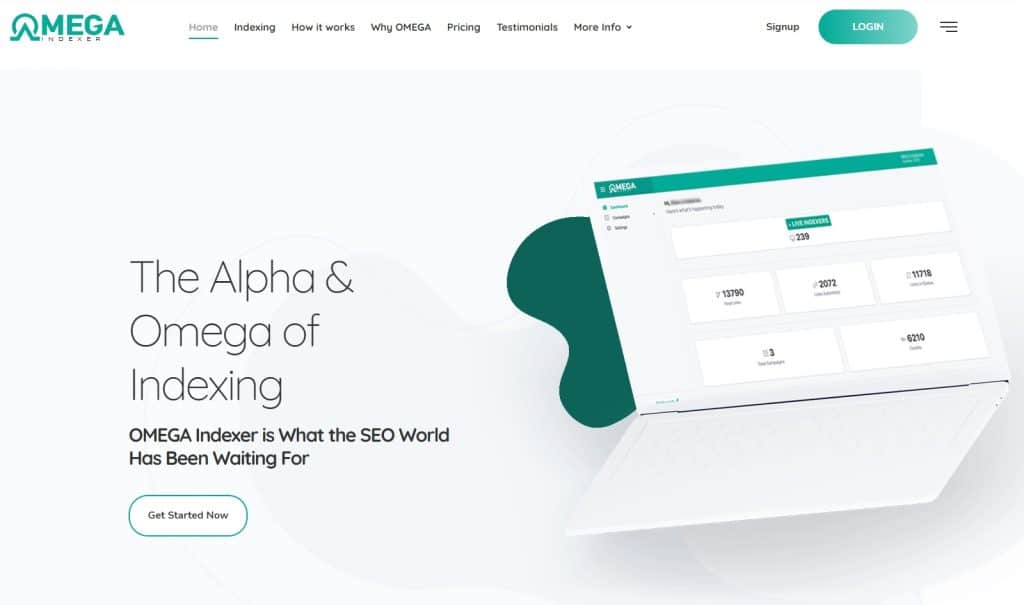As a website owner or online business, having a strong online presence is crucial to success. Search engine optimization (SEO) plays a significant role in achieving this, as it helps increase visibility and drive organic traffic to your website. However, there are times when a website may experience a drop in rankings and traffic, which could be due to a Google penalty. In this article, we will define what a Google penalty is, outline the different types of penalties, provide examples of common penalties, and offer advice on how to diagnose and recover from a penalty.
What is a Google Penalty?
A Google penalty is a form of punishment issued by Google to websites that violate their guidelines. Penalties can significantly affect a website’s visibility and organic traffic, making it harder for users to find the website through search engines. There are two types of penalties: algorithmic and manual.
Algorithmic penalties are automatic, meaning they are triggered by Google’s algorithm when it detects a violation of its guidelines.
Manual penalties are imposed manually by a Google employee after reviewing a website’s content.
Types of Penalties
Algorithmic Penalties
Algorithmic penalties are automatic and are triggered when Google’s algorithm detects a violation of its guidelines. Examples of algorithmic penalties include:
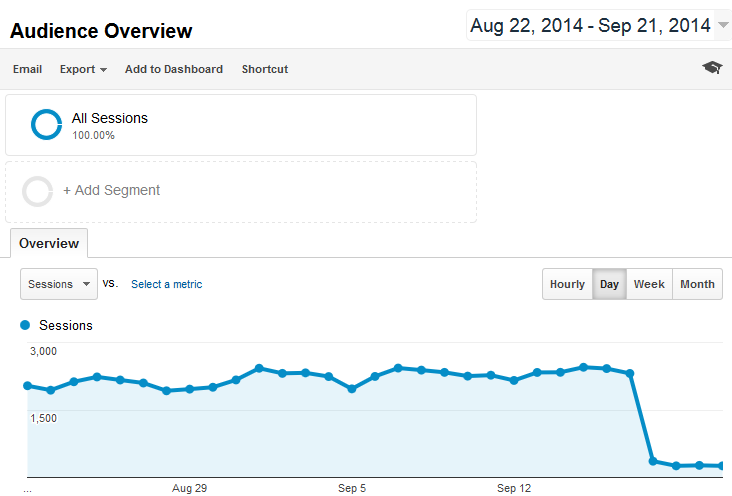
Panda Penalty: This penalty targets websites with low-quality or thin content, duplicate content, and keyword stuffing. Websites that are affected by this penalty may experience a significant drop in rankings and traffic.
Penguin Penalty: This penalty targets websites with spammy or manipulative links. Websites that are affected by this penalty may experience a drop in rankings and traffic.
Hummingbird Penalty: This penalty targets websites that use keyword stuffing, over-optimized anchor text, and irrelevant content. Websites that are affected by this penalty may experience a drop in rankings and traffic.
Related: How Negative SEO Affect My Website?
Manual Penalties
Manual penalties are imposed manually by a Google employee after reviewing a website’s content. Examples of manual penalties include:
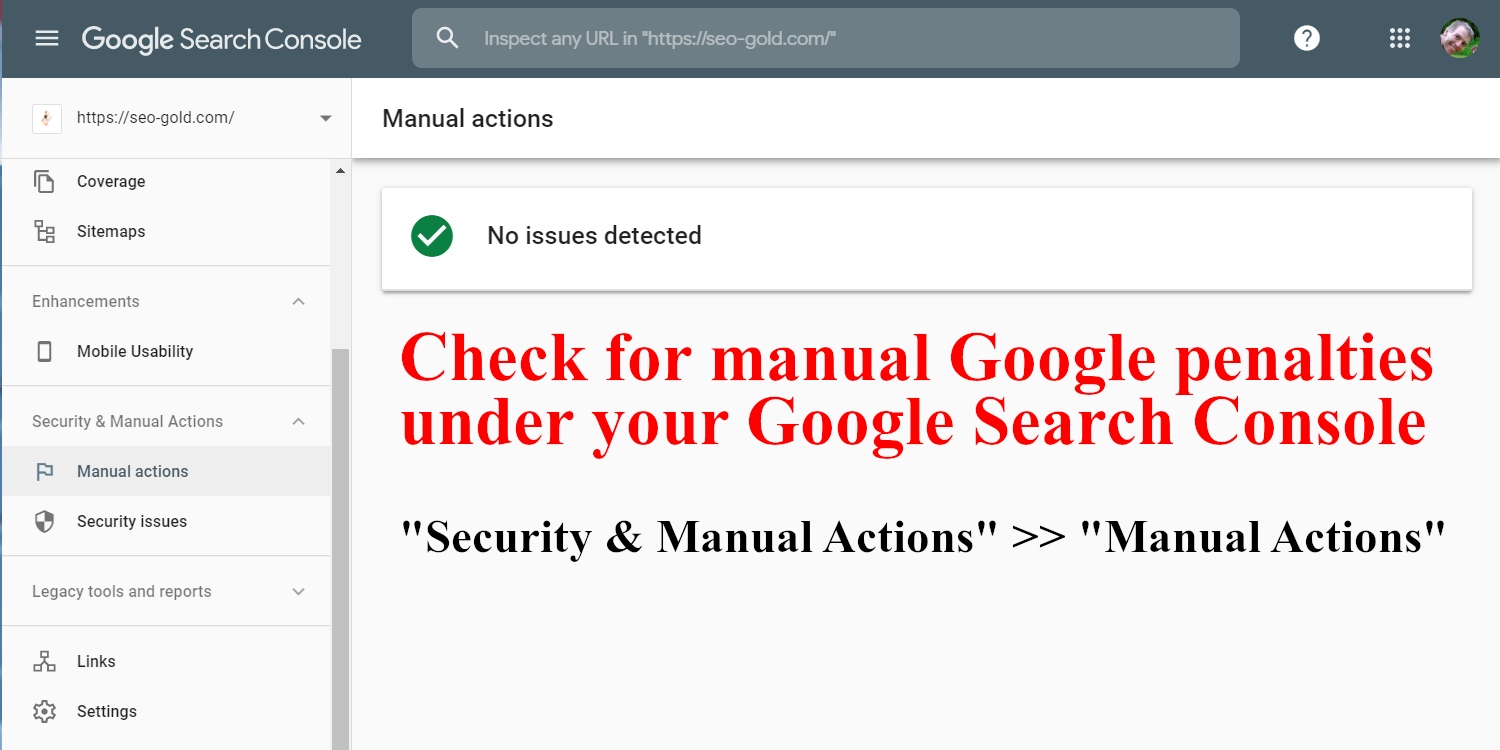
Unnatural Links Penalty: This penalty targets websites that use spammy or manipulative links. Websites that are affected by this penalty may experience a drop in rankings and traffic.
Thin Content Penalty: This penalty targets websites with low-quality or thin content. Websites that are affected by this penalty may experience a significant drop in rankings and traffic.
Duplicate Content Penalty: This penalty targets websites with duplicate content. Websites that are affected by this penalty may experience a significant drop in rankings and traffic.
Examples of Common Penalties
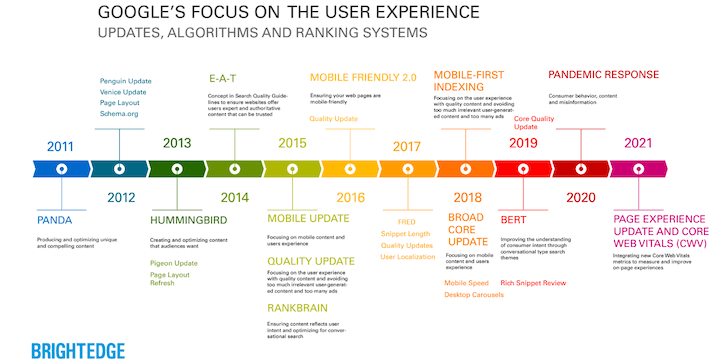
Keyword Stuffing: Keyword stuffing is a black hat SEO tactic that involves adding keywords to a website’s content or meta tags excessively. Google considers this a violation of its guidelines and may penalize websites that engage in this tactic.
Duplicate Content: Duplicate content refers to content that appears on multiple pages of a website or across multiple websites. Google considers this a violation of its guidelines and may penalize websites that have duplicate content.
Thin Content: Thin content refers to low-quality or shallow content that provides little value to users. Google considers this a violation of its guidelines and may penalize websites that have thin content.
Diagnosing a Penalty
The first step in diagnosing a penalty is to check for any manual actions in Google Search Console. Manual actions are penalties that have been imposed manually by a Google employee after reviewing a website’s content. If there are no manual actions, it is likely that the website has been affected by an algorithmic penalty. To diagnose an algorithmic penalty, website owners can monitor changes in search engine rankings and traffic. A significant drop in rankings and traffic may indicate that the website has been affected by a penalty.
Recovering from a Penalty
Recovering from a penalty requires website owners to identify the cause of the penalty and take corrective action.
Remove Spammy Links: If a website has been penalized for having spammy or manipulative links, the first step is to identify and remove them. Website owners can use tools like Google Search Console or third-party tools to identify these links. Once identified, website owners should contact the website owners and request that the links be removed. If this is not possible, website owners can use the disavow tool in Google Search Console to disavow these links.
Improve Content Quality: If a website has been penalized for having thin or low-quality content, the website owner should focus on improving the content quality. This can involve rewriting existing content, adding new content, and optimizing content for target keywords. Website owners should also ensure that the content provides value to users and meets Google’s quality guidelines.
Submit a Reconsideration Request: If a website has been penalized with a manual action, the website owner can submit a reconsideration request to Google. The request should explain the corrective action taken to address the violation and provide evidence to support the claim. It is important to note that Google does not guarantee that the penalty will be lifted, and it may take several weeks or months for the request to be processed.
Latest Google Algorithm Updates
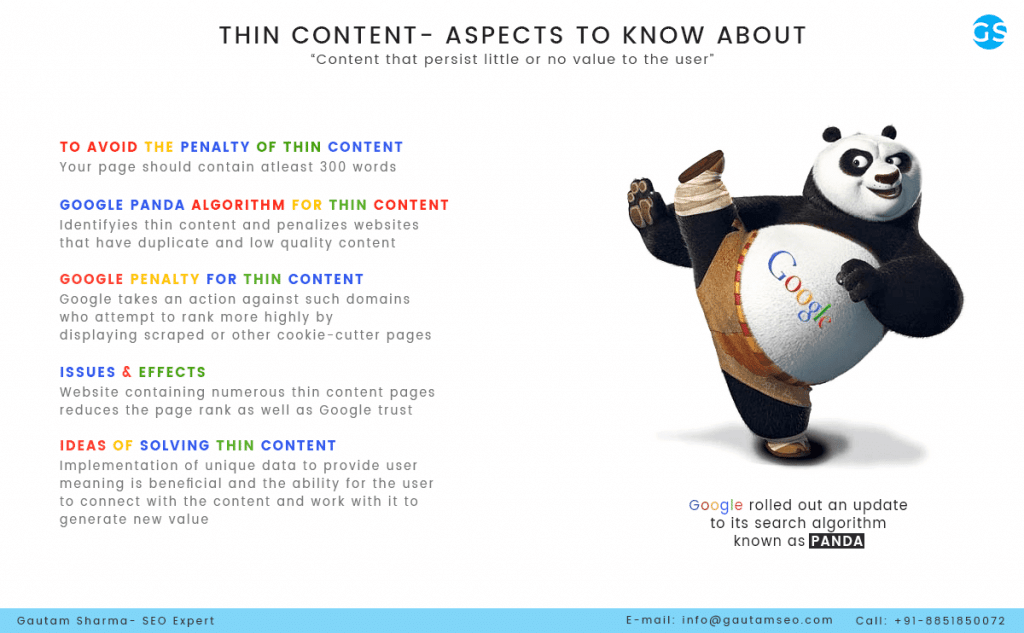
Google is constantly updating its algorithm to provide users with the best search results possible. Some updates can significantly impact search engine rankings and penalties. The latest Google algorithm updates include:
Core Web Vitals: Core Web Vitals is a set of metrics that measure website performance and user experience. Websites that meet the Core Web Vitals standards may be rewarded with higher rankings, while websites that fail to meet the standards may be penalized.
BERT: BERT is a natural language processing algorithm that helps Google understand the intent behind user queries. Websites that provide high-quality and relevant content may benefit from this update, while websites that use irrelevant or low-quality content may be penalized.
Mobile-First Indexing: Mobile-First Indexing is an update that prioritizes mobile-friendly websites in search results. Websites that are not optimized for mobile devices may experience a drop in rankings and traffic.
Target Audience
This article targets website owners and online businesses of all levels of experience, from beginner website owners to experienced SEO professionals. The information provided is intended to help website owners understand the different types of penalties and how they can diagnose and recover from them. It is also intended to provide practical advice on how to follow Google’s guidelines and best practices to avoid penalties.
Key Takeaways
- A Google penalty is a negative impact on a website’s search engine visibility and organic traffic caused by violating Google’s guidelines and best practices.
- There are two types of Google penalties: algorithmic and manual. Algorithmic penalties are applied automatically by Google’s algorithm, while manual penalties are applied manually by Google’s webspam team.
- Common penalties include keyword stuffing, duplicate content, and thin content. These penalties can harm a website’s search engine ranking and organic traffic.
- Website owners can diagnose a penalty by using Google Search Console to check for manual actions or monitoring changes in search engine ranking and traffic.
- To recover from a penalty, website owners should remove spammy links, improve content quality, and submit a reconsideration request.
- The latest Google algorithm updates include Core Web Vitals, BERT, and Mobile-First Indexing, which can significantly impact search engine rankings and penalties.
- Following Google’s guidelines and best practices is essential to avoid penalties and improve a website’s search engine visibility and organic traffic.
Conclusion:
While Google penalties can be challenging to deal with, they can also be a valuable learning experience for website owners. By identifying and addressing the issues that led to the penalty, website owners can improve their website’s content quality, user experience, and search engine visibility. Ultimately, following Google’s guidelines and best practices is the best way to avoid penalties and build a successful online business.
If you believe that your website has been penalized by Google, don’t panic. Take the time to diagnose the issue and understand what caused the penalty. Once you’ve identified the problem, take corrective action to address the issue and improve your website’s search engine visibility. If you need help, consider hiring an SEO professional who can provide guidance and support throughout the recovery process.
Remember, Google penalties are not the end of the world. With the right approach and a commitment to following Google’s guidelines and best practices, you can recover from a penalty and improve your website’s search engine visibility and organic traffic. By investing in your website’s content quality, user experience, and search engine optimization, you can build a successful online business that delivers value to your customers and generates revenue for years to come.

One of the Top SEO Consultants In Bangladesh. In 7 years of my career, I have worked with more than 80 brands & uncountable love from my SEO clients. To provide SEO service I have an in-house SEO team.


